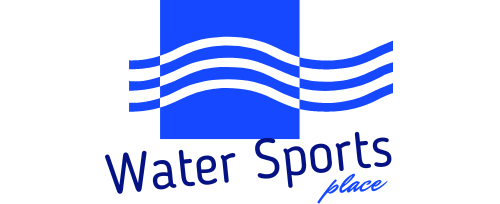The Kayak World Cup is the premier international competition in the captivating sport of canoe freestyle, where athletes showcase their mastery of intricate maneuvers and gravity-defying stunts. This annual event brings together the world’s top paddlers, each vying for the coveted title and the opportunity to push the boundaries of what’s possible in this dynamic discipline.
What is the Structure of the Kayak World Cup Competition?
The Kayak World Cup competition is structured around several key elements:
What Types of Boats are Used in the Kayak World Cup?
The Kayak World Cup features four main types of boats:
1. Kayak (K)
2. Canoe Decked (C)
3. Open Canoe (OC)
4. Squirt
These diverse boat categories allow athletes to showcase their skills across a range of craft, showcasing the versatility and adaptability of canoe freestyle.
What are the Events and Rounds in the Kayak World Cup?
The Kayak World Cup competition typically includes multiple rounds, with athletes progressing through these rounds based on their performance:
- Qualification Rounds: Athletes start with qualification rounds, where they showcase their skills and techniques.
- Finals: Those who perform well in the qualification rounds advance to the finals. The finals are usually judged on three 45-second runs.
How do Athletes Progress Through the Kayak World Cup?
Athletes are ranked based on their scores in each round of the competition. The top performers in the qualification rounds advance to the next stages, ultimately culminating in the finals.
How are Tricks Scored in the Kayak World Cup?

The scoring of tricks in the Kayak World Cup is a crucial aspect of the competition, as it determines the athletes’ success.
What are the Criteria and Point System for Scoring Tricks?
- Types of Moves: Tricks are categorized into entry moves, basic moves, and bonuses. These include spins, flips, and turns, similar to those seen in freestyle snowboarding, surfing, and skating.
- Scoring: Judges score each trick based on its difficulty, execution, and style. Each trick has a specific point value, with more complex tricks like the lunar loop and trick loop being highly valued.
- Basic and Advanced Moves: Points are awarded for each different rotation during the routine. Bonus points can be gained for executing moves cleanly and with high amplitude.
- Trophy Moves: Athletes can invent new tricks (trophy moves) and, if approved by judges, can earn significant points, including bonuses.
How are the Tricks Judged?
The judging process in the Kayak World Cup is designed to ensure fairness and consistency:
- Independent Judging: Judges evaluate the athletes independently, and their scores are averaged.
- Chief Judge: The chief judge oversees the judging process, ensuring consistency across all judges.
How Long is a Kayak World Cup Competition Ride?
The duration of a competition ride in the Kayak World Cup is a crucial factor in the athletes’ performance.
What is the Standard Ride Duration?
In the finals of the Kayak World Cup, athletes have three 45-second runs to perform as many different moves as possible.
Is the Duration Consistent Across Rounds?
The duration of the competition ride remains consistent at 45 seconds per run for the finals. However, the number of runs may vary between qualification and final rounds.
Reference Links
- ICF Canoe Freestyle World Cup Plattling 2024 – Official source for event details and schedules.
- ICF Canoe Freestyle Discipline – Detailed information on the discipline, including types of boats, scoring, and competition format.
- Insights into Canoe Freestyle at the 2024 ICF Canoe-Kayak – Video providing insights into the competition, including judging and scoring.
